The Shinkansen is a symbol of Japan's economic recovery and modernization after the devastation of World War II. Together with the 1964 Tokyo Olympics, the Shinkansen helped Japan assert its position on the world map, demonstrating its ability to innovate and thrive.
In the 60 years since its first train, the Shinkansen has become a global symbol of progress in speed, efficiency and modernity. The network is not only the pride of Japan but also a model for high-speed rail systems around the world , setting a new standard for public transport.
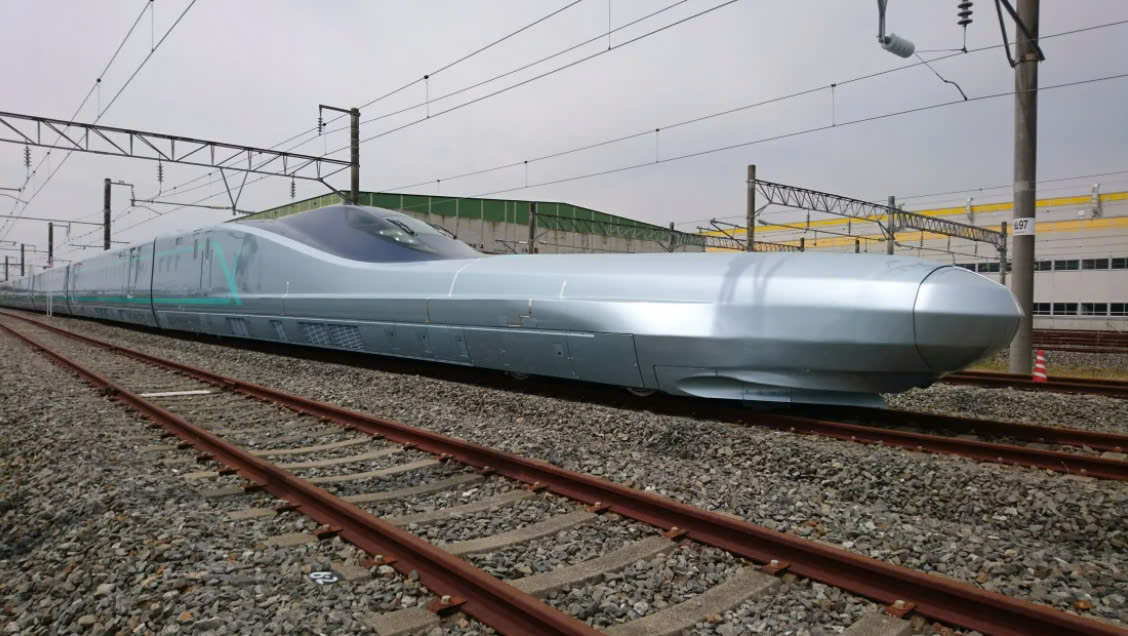
A Shinkansen train runs on the tracks near Shimbashi Station in central Tokyo on May 22, 2024. Photo: Getty Images
Japan is not only a pioneer but also a world leader in rail technology, with major corporations such as Hitachi and Toshiba generating billions of dollars in value each year.
The Shinkansen system has expanded steadily since the first 320-mile Tokaido line, connecting Tokyo and Shin-Osaka, opened in 1964. Shinkansen trains run at speeds of around 200 mph, connecting the capital with major cities such as Kobe, Kyoto, Hiroshima and Nagano, forming a network that stretches from north to south.
More than just a symbol of recovery, the Shinkansen is also a driving force for continued economic development. With its exceptional speed and efficiency, the system promotes rapid movement between economic centers, supporting growth and creating business opportunities.
Instead of using the "standard" 4 ft 8.5 in (about 1.43 m) wide gauge used in North America and Europe, Japan opted for a narrower 3 ft 6 in (1.06 m) gauge to build its first rail network. The main reason was that this gauge was cheaper and better suited to Japan's mountainous terrain, but the trade-off was that it limited capacity and could not achieve high speeds.
With Japan’s four main islands stretching nearly 3,000 kilometers, travel between major cities used to be arduous and time-consuming. In 1889, the train ride from Tokyo to Osaka took 16.5 hours, but that was still a lot quicker than the two to three weeks it took to travel on foot. By 1965, the Shinkansen had reduced the travel time between the two cities to just 3 hours and 10 minutes.
Japan's high-speed rail revolution
The ALFA-X, Japan's next generation of bullet trains, has impressed with test speeds of nearly 400 km/h, although its maximum service speed will be "only" 360 km/h. One of the train's highlights is its long nose, which is not only intended to improve aerodynamics but also to reduce noise when trains enter tunnels, a major problem in densely populated areas.
Advanced safety technology on the ALFA-X reduces vibration and noise, and reduces the risk of derailment during earthquakes. To date, more than 10 billion passengers have experienced the Shinkansen system, demonstrating the reliability and comfort of this form of transportation, making high-speed travel popular and almost an indispensable part of modern life.
In 2022, more than 295 million passengers used the Shinkansen in Japan, demonstrating the popularity and efficiency of the system. Many other countries have followed suit and developed high-speed rail lines over the past four decades, most notably France, whose TGV system has been in operation since 1981, connecting Paris and Lyon.
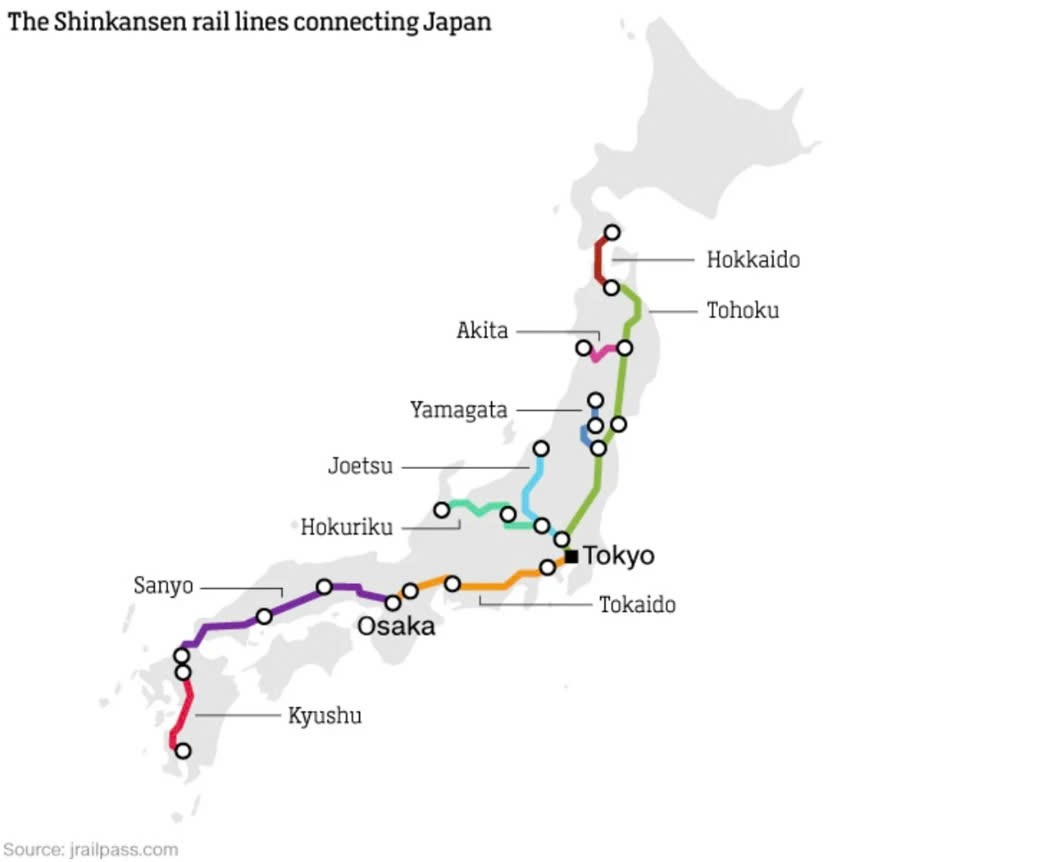
Map of Japan's high-speed rail lines. Photo: jrailpass.com
France has not only been successful in operating the TGV, but has also exported the technology to many countries, including Spain, Belgium, South Korea, the UK and Morocco, which has the first high-speed rail line in Africa. The TGV network has shortened travel times between major cities, saving passengers money and time, making train travel easy and popular.
Countries such as Italy, Germany, the Netherlands, Türkiye and Saudi Arabia have also deployed high-speed rail systems connecting major cities. Meanwhile, India, Thailand and Vietnam are planning to develop their own high-speed rail networks.
The development of Chinese railways
China is also emerging as a leading force in high-speed rail, building the world’s longest network of nearly 28,000 miles by the end of 2023. These lines are not just a means of transportation, but also a driver of economic development and social stability in a vast country.
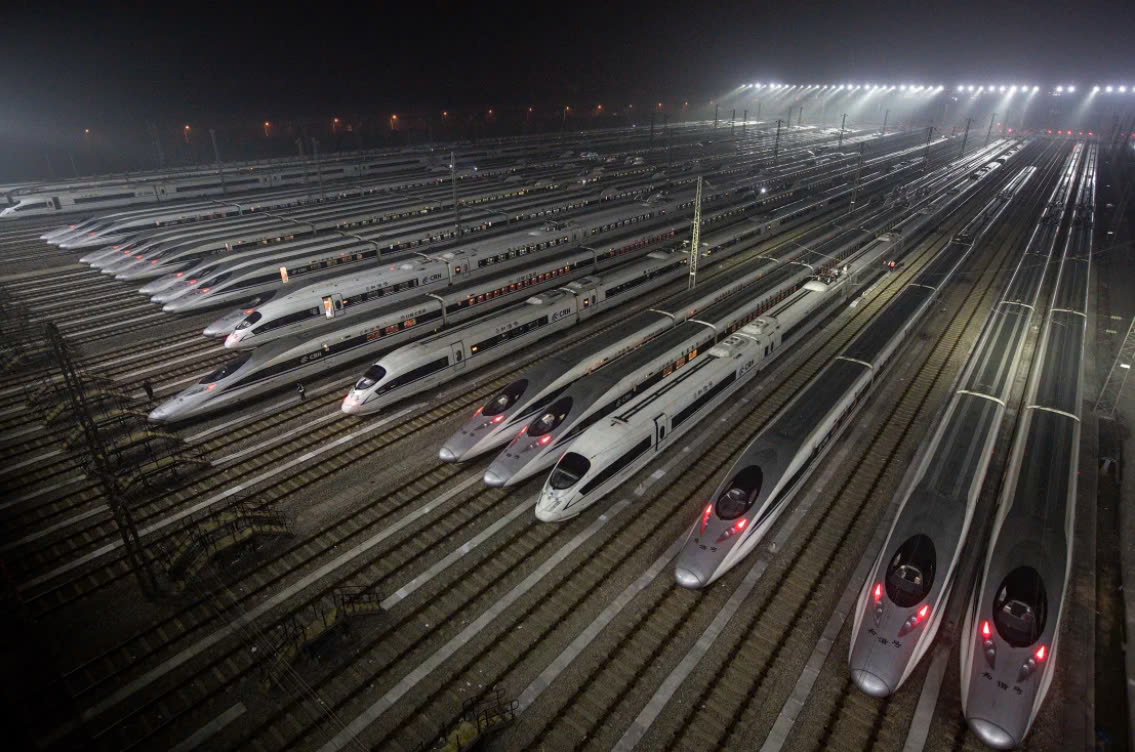
Hundreds of high-speed trains wait to depart in Wuhan, China. Photo: Getty Images
Building on technology learned from Japan and Europe, China’s rail industry has grown rapidly and continues to move toward cutting-edge technologies like the Maglev, which is capable of traveling at speeds of nearly 400 mph (650 km/h). Japan is also developing its own Maglev line, which is expected to connect Tokyo to Nagoya by 2034, cutting the journey time to Osaka to just 67 minutes.
As more and more people think twice before flying due to environmental concerns, the railway industry may soon see a boom, ushering in a new golden age for rail transport around the world.
Ha Trang (according to CNN)
Source: https://www.congluan.vn/tau-cao-toc-nhat-ban-tron-60-nam-tuoi-va-no-da-thay-doi-the-gioi-nhu-the-nao-post314884.html



![[Photo] Prime Minister Pham Minh Chinh chairs meeting on nuclear power plant construction](https://vphoto.vietnam.vn/thumb/1200x675/vietnam/resource/IMAGE/2025/10/22/1761137852450_dsc-9299-jpg.webp)


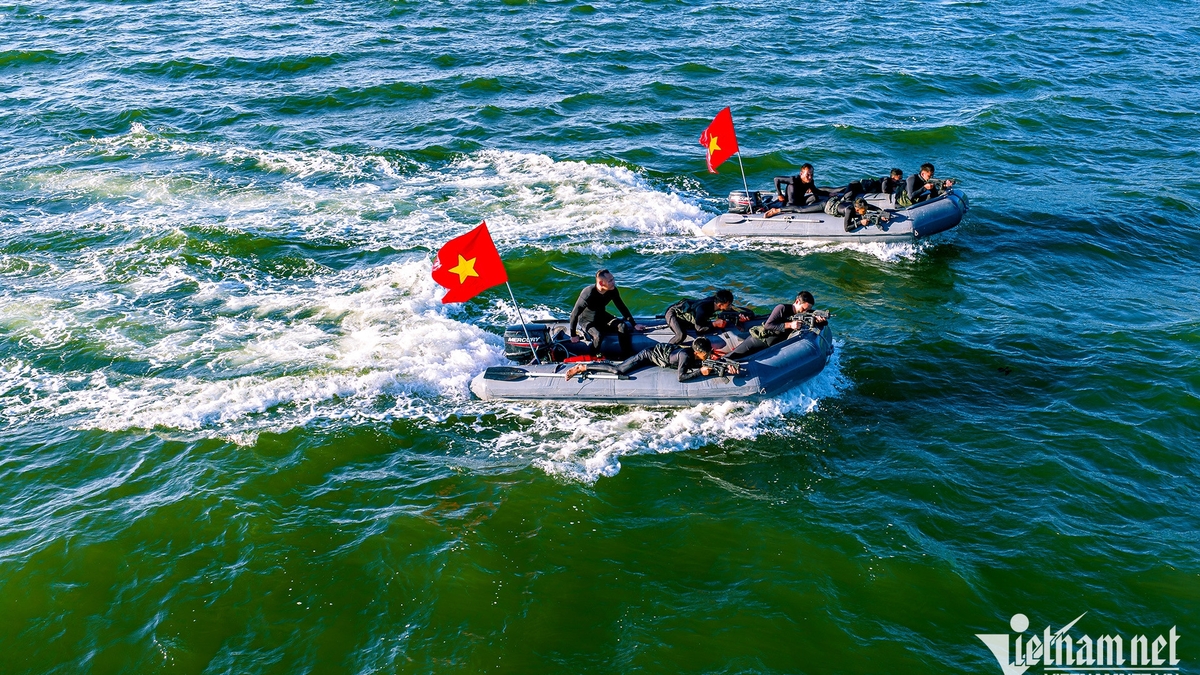

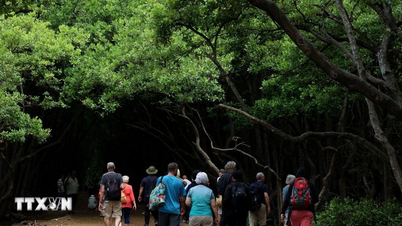

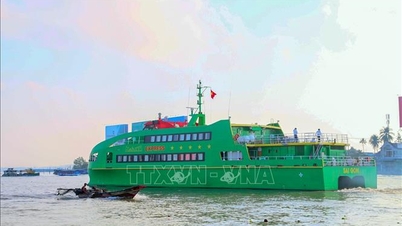



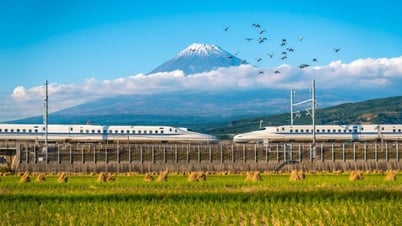

















































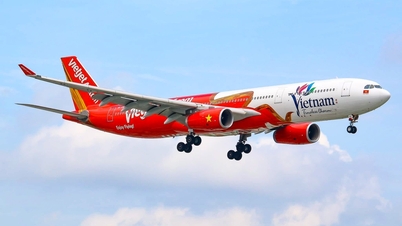









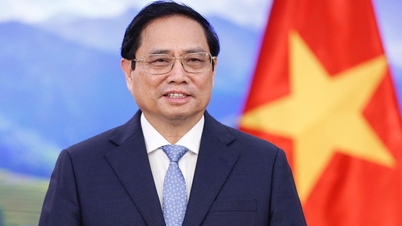

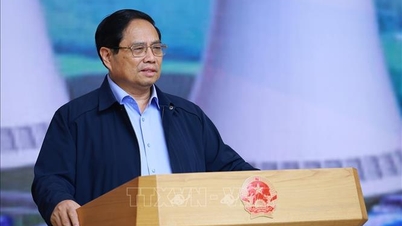


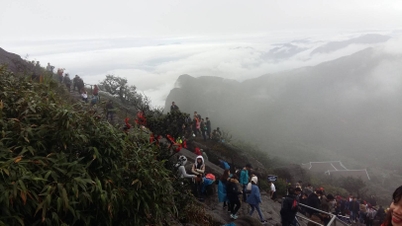















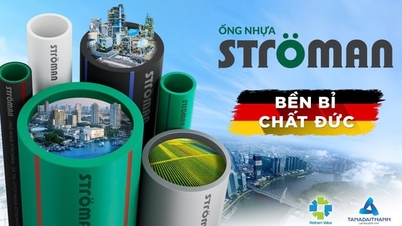














Comment (0)